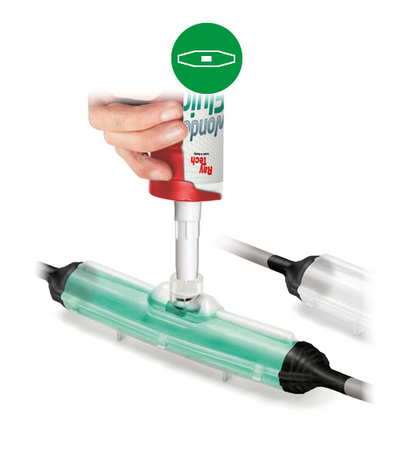Importance of Unique Electrical Potting Compound Properties
Of course, when it comes to choosing potting compounds, there is a lot to discuss. And in this blog series, you’ll read about some useful tips and design advice. That will assist you in the quest for reliable circuit protection.
For today’s post, the emphasis will be on the critical points that arise when you kick off the resin selection process. You will get into the details in the later blogs. Because you, as the buyer, should know about some of the basic properties of Electrical potting compound before selecting the most suitable one for the specific application.
But today, let’s leave the technical details out and instead try to simplify the selection process. Making it easier for the customers to make purchase decisions.
Hardness
Surprisingly, keeping in mind that a potting compound is for protection. The cured hardness of the resin is most vital because the degree of hardness defines the stiffness of the compound. For example, if cured hardness is high, the compound could over-stress the components, especially those with fragile connection legs.
Opposed to that, if too soft, the potting could come off easily, decreasing the level of protection against chemicals. Leaving the components vulnerable to mechanical shock and vibration. The scale used to measure the cured resin hardness is Shore A (softer polyurethanes) and D (harder epoxies).
Color
Although not considered a vital property, color in fact is critical in some applications.
Optically clear potting compound may be preferred for different reasons and applications. For example, color is an important property when potting LED lighting fixtures. As after curing the resin will need to preserve its clarity till the unit is functional.
UV resistance is another property, especially for outdoor LED fixtures. Transparent resins are valuable for prototyping applications. Because the encased components can be viewed easily during and after environmental and mechanical testing.
The third feature is physical protection. Colored or opaque potting compound helps identify distinct circuit areas. In addition, they keep all the elements beneath the encapsulant surface concealed. Keeping the counterfeiters or those wanting to copy a circuit layout at bay. Thus, helping protect your intellectual property.
Viscosity
The viscosity of a two-part mixed electrical potting compound will impact the way it flows around the components available for potting. A low viscosity will make it easy for the resin to find gaps in the board. Too high viscosity will impede the easy flow of resin around and under components. The voids thus created will lead to potential weak points, shortening the service life of the components.
Thixotropic potting compounds are best for glob-top applications to protect a selected component or area of a PCB. Because of their high viscosity retention, after dispensing.
For RF applications that require a low dielectric constant, some resin systems are equipped with specialist fillers. It allows for getting the lowest possible value. These fillers obstruct the mixing of resin and its dispensing because of the acquired high viscosity. So, the a need for specialist formulations that avoid fillers entirely.
The Bottom Line
Hopefully, you will now be able to select the right potting compound for your specific application and purpose.
